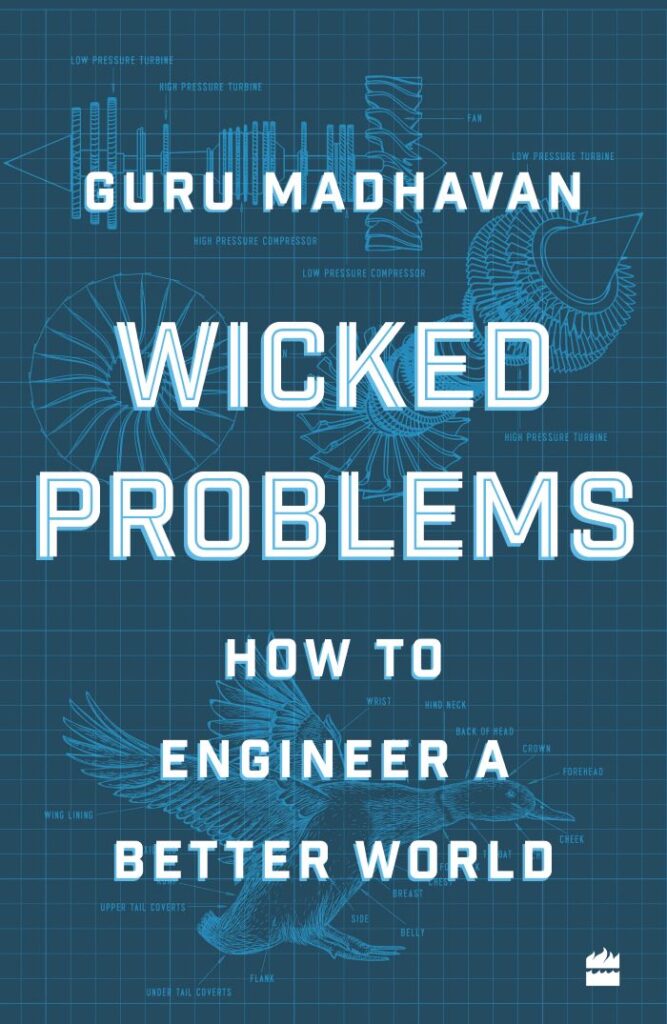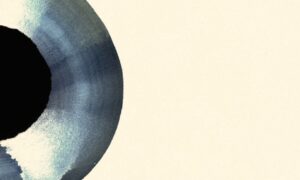
ANY SYMBOL OF PROGRESS conceals its regressions, and aviation was no exception. Through the mid-20th century, women’s opportunities in aviation reflected the roles women typically played in society. They started out as cooks and clerks, and recruiters told women that the aviation apparatus was similar to kitchen appliances. Women were hired for crucial support roles that would release men for military duties that women weren’t permitted to perform. In public perception, women diminished their femininity by taking on the aviation roles of men. Jacqueline Cochran, who later broke the sound barrier, wouldn’t exit the plane she piloted without touching up her makeup. That prompted a comment: “Though she flies like a man she hasn’t become trouser-minded.”
In the early 1920s, Amelia Earhart worked odd extra jobs as a stenographer and truck driver to fund her pilot’s license. Her first airplane ride was 10 minutes long and cost her $10. Her lessons from aviator Mary Snook, the first woman to own a commercial airfield, cost her $500 for 12 hours. Earhart encouraged younger women to take up flying, even though this pursuit was unaffordable in an era before the Link Trainer. She argued, “They are simply thoroughly normal girls and women who happen to have taken up flying rather than golf, swimming, or steeplechasing.”
In June 1928, a year after Lindbergh’s flight, Earhart became the first woman to cross the Atlantic, as a passenger in the Fokker Trimotor Friendship piloted by Wilmer Stultz and Louis Gordon, from Newfoundland to South Wales. A year later, Earhart finished third after Louise Thaden took the top honors in the first transcontinental air contest for women; it was pejoratively called the Powder Puff Derby. Then, in May 1932, Earhart soloed across the Atlantic in her Lockheed Vega from Newfoundland to Northern Ireland, with winds stopping her from repeating the Lindbergh feat of five years before. Later that summer, she flew “her lovely red Vega” nonstop from Los Angeles to Newark in 19 hours, setting the record as the first woman to make this cross-country flight.
In 1930, United Airlines hired Ellen Church, a nurse trained as a pilot, as the first flight attendant. At the time, airlines wouldn’t hire female pilots, and women were primarily employed in aircraft sales. While men could defray the costs of expensive flight lessons by working on airfields, women had to pay cash up front. Even for licensing, women were subject to a stricter standard than men; they needed to take an exam in addition to the requisite flight hours. Despite the additional barriers to entry that they had to navigate, female pilots were often the subject of tasteless jokes and crude comments about their competence. In one distressing instance, as historian Joseph Corn points out, a federal investigator rejected the possibility of engine malfunction in an accident and attributed the failure to neglect by the woman pilot.
For much of the 1930s and the 1940s, women’s wartime participation transformed their role in the nation. Over six million women entered the workforce during World War II, taking advantage of remarkable opportunities previously unavailable to them, including as Link Trainer instructors. Their letters conveyed patriotism and passion, as well as newfound independence. “You are now the husband of a career woman—just call me your little Ship Yard Babe!” wrote one Indiana woman, adding that opening a checking account for the first time was a “grand and glorious feeling.” A 19-year-old working at Douglas Aircraft Company as a blueprint manager wrote to her Marine Corps fiancé: “Imagine, [me], little Betty, the youngest in her department with seventeen people older than her . . . under her. . . . I am the big fish in my own little pond—and I love it.” Another woman, from Cleveland, Ohio, told her husband in a letter: “Sweetie, I want to make sure I make myself clear about how I’ve changed. I want you to know now that you are not married to a girl that’s interested solely in a home—I shall definitely have to work all my life. I get emotional satisfaction out of working and I don’t doubt that many a night you will cook the supper while I’m at a meeting. Also dearest—I shall never wash and iron—there are laundries for that! Do you think you’ll be able to bear living with me?”
In the summer of 1942, the US Navy formed the Women Accepted for Voluntary Emergency Services, a reserves program. The agency picked 74 women from the first class of WAVES to serve as Link Trainer instructors. In 1943, Ed Link himself was present to congratulate the WAVES graduates. Over the next three years, WAVES recruited 84,000 young women, many of whom were assigned to naval aviators training. The white, middle-class women were better educated than most of the seamen. In late 1944, the program admitted Black women only after pressure from activist organizations and approval from Franklin Roosevelt, just a month before his reelection to an unprecedented fourth term of presidency. The WAVES provided Link instrument training to novice naval gunners and aviators, including future US president George H. W. Bush, and recurrent training to experienced pilots.
[the_ad id=”55722″]


















